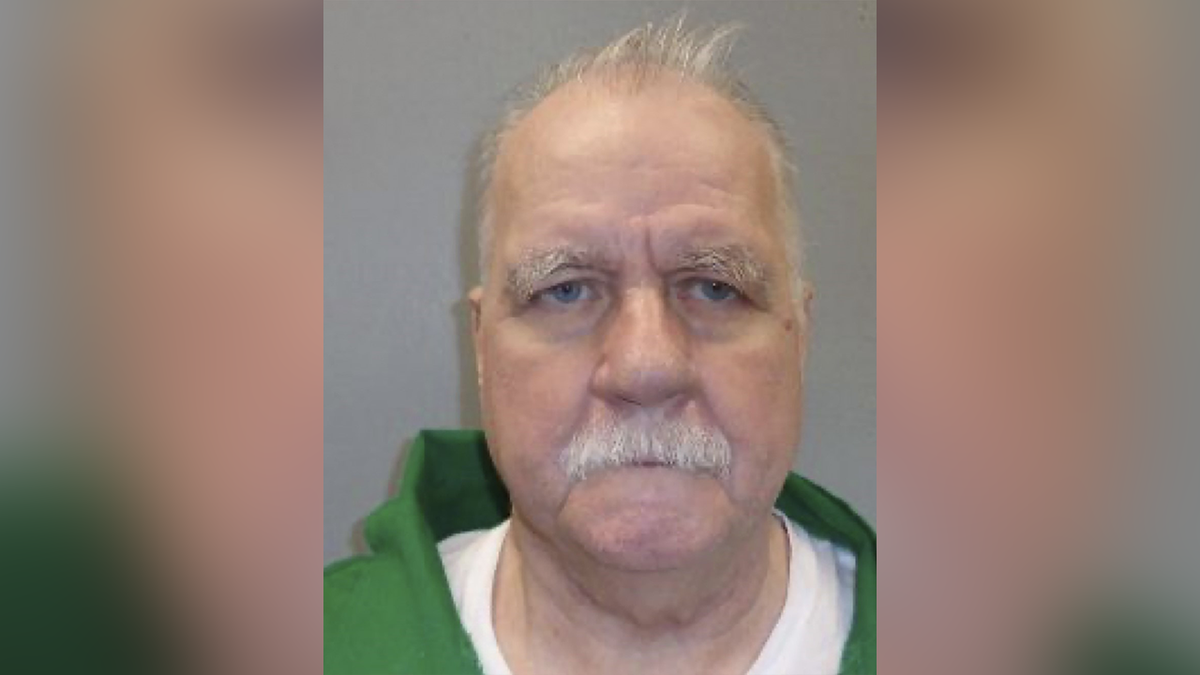
South Carolina Inmate Opts for Firing Squad Execution, Citing Concerns Over Lethal Injection
Brad Sigmon, Death Row Inmate Makes Historic Choice
On Friday, Brad Sigmon, a 67-year-old inmate on death row in South Carolina, made a pivotal decision by informing state officials of his preference to be executed by firing squad rather than by lethal injection or electric chair. This decision marks a significant milestone, making him the first inmate in South Carolina to choose a firing squad and only the fourth individual in the United States to face this execution method since 1976.
Firing Squad Execution: A Rare and Controversial Method
The firing squad method involves strapping the inmate to a chair within a death chamber. A hood covers their head, and a target is placed over their heart. Three shooters, positioned approximately 15 feet away, fire through a small opening. This execution method has been employed sparsely in the U.S. in recent decades. Utah was the last state to carry out a firing squad execution 15 years ago.
Sigmon’s Reasons for Choosing Firing Squad
Sigmon’s decision stems from concerns regarding the prolonged suffering witnessed in the state’s previous executions using lethal injection. Three inmates executed since September 2022 appeared to stop breathing and moving within a few minutes, yet they were not declared dead for over 20 minutes. Witnesses reported that at least one of the inmates required a second massive dose of pentobarbital.
Attorneys Raise Doubts About Lethal Injection Procedure
Sigmon’s lawyers have expressed concerns about the lack of transparency and secrecy surrounding the state’s lethal injection procedure. They have requested an autopsy report and additional information about the lethal injection drug used in the execution of Marion Bowman, the last inmate executed in South Carolina. However, their requests have been denied.
Sigmon’s Last Hopes and Legal Battle
Sigmon’s lawyers have one final appeal scheduled before the state Supreme Court, seeking to halt his execution and grant him a hearing on claims that his trial lawyers lacked experience and failed to adequately present his mental illness or childhood trauma to the jury.
In a last-ditch effort, Sigmon may request clemency from Republican Gov. Henry McMaster, but it is highly unlikely that his sentence will be reduced to life without parole. South Carolina has not granted clemency in the 49 years since the death penalty was reinstated.
Historical Context and Procedural Changes
The state legislature approved the firing squad method as an alternative execution option after prison officials encountered difficulties obtaining lethal injection drugs. Concerns from pharmaceutical companies led to the passage of a "shield law" that allows officials to keep the identities of lethal injection drug suppliers private.
Autopsy Report Raises Questions
An autopsy report has been released for only one of South Carolina’s recent executions, that of Richard Moore. The report revealed unusual amounts of fluid in his lungs. An expert suggested that Moore may have felt conscious and suffocating during the 23 minutes it took for him to be pronounced dead.
State attorneys argue that the presence of fluid is not uncommon in executions using a large dose of pentobarbital. They also cite witnesses who claim that the inmates executed in South Carolina only remained conscious and breathing for about a minute after the process began.
Conclusion
Brad Sigmon’s choice to be executed by firing squad has reignited debates about the ethics and efficacy of capital punishment. The secrecy surrounding South Carolina’s lethal injection procedure has raised concerns about the humane treatment of death row inmates. As Sigmon’s final appeals unfold, the outcome of his case will have implications for the future of the death penalty in the United States.
